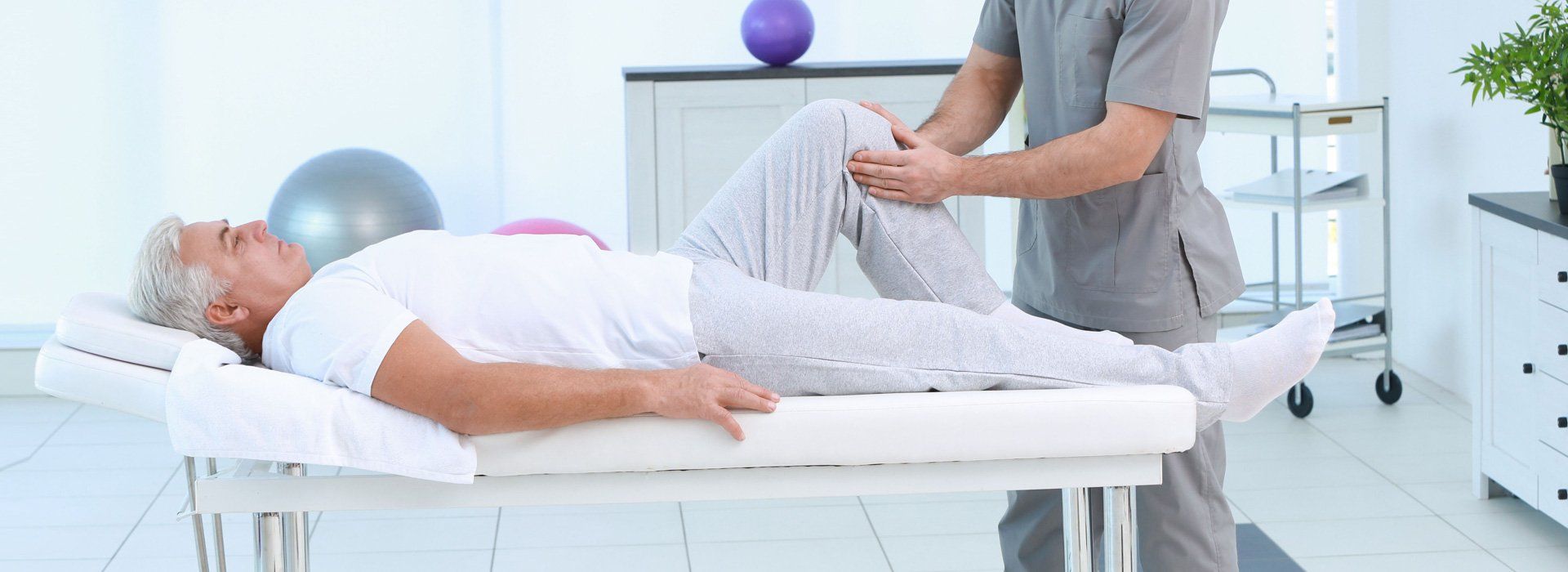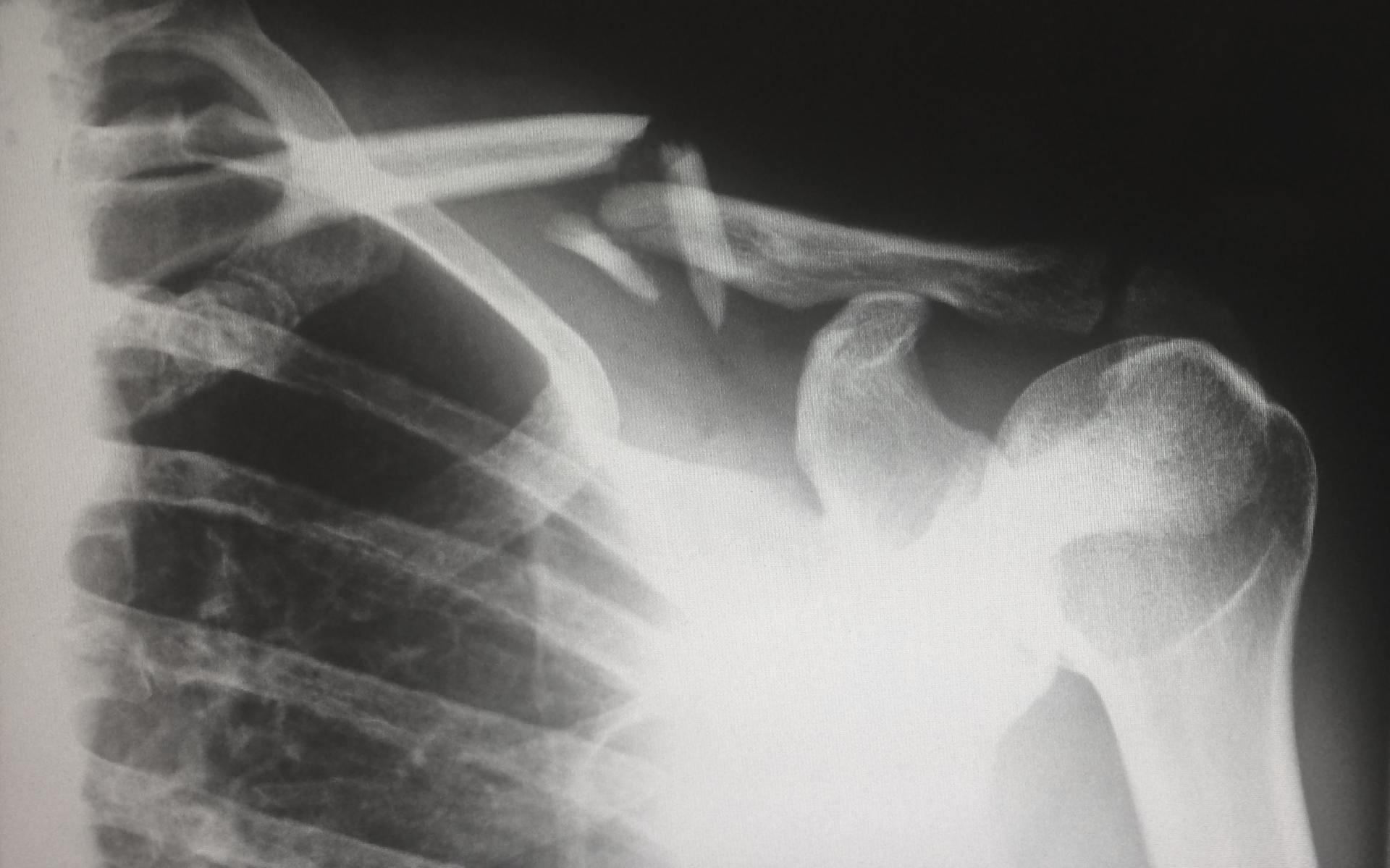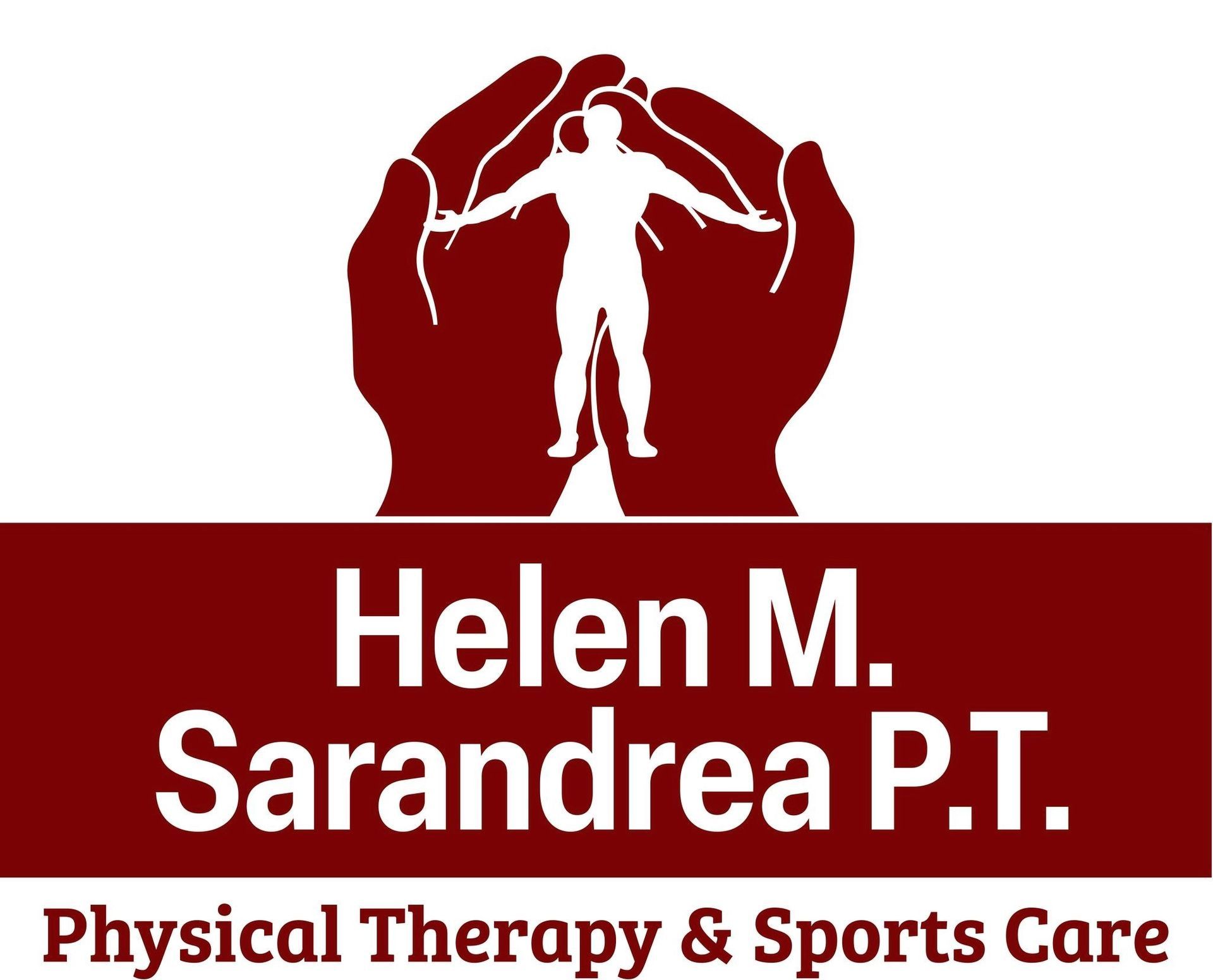Lazy Summer or Deconditioning?
The weather is hot, the gym is closed, and you've been relaxing - enjoying the lazy, hazy days of summer. Taking a day off here and there is no problem, but if you've been consistently missing your regular run, bike ride, or gym session and notice some aches and pains showing up, you might have the beginnings of deconditioning.
Deconditioning explained
Exercise creates many changes in your body - your heart begins to pump blood more efficiently, your muscles use oxygen more efficiently, they contract in a more coordinated manner, and your body gets more efficient turning food into fuel to name just a few. Deconditioning is the reversing of these changes. Exercise is a "use it or lose it" kind of thing, and deconditioning is the process by which we "lose it."
How long does it take to decondition?
As with most things related to a system as complex as the human body, it depends. According to the ACSM, two weeks without exercise can lead to significant loss of cardiovascular fitness. Two to eight months of detraining can erase virtually all of your gains. As you detrain, cardiovascular fitness tends to decline first, with muscle strength declining later.
Other factors are your age, and your exercise history. If you're younger, you'll probably lose fitness at a slower rate than someone older. If you've been consistently exercising for a long time, or at a high intensity, your losses will probably be slower than for someone who just started.
Reversing the losses
If you're just undergoing a period of increased time commitments at work or with family, using a shortened exercise routine can help minimize your losses. Even one session a week will help you keep most of what you've gained. Other options are to use shorter but more intense interval training sessions, or breaking up your activity into multiple short chunks during the day. If your layoff was longer, it may take just as long to retrain as it did to make the gains initially. If you're having those aches and pains due to inactivity or need help designing a safe program to either maintain your fitness or gain it back after a layoff, your physical therapist can help. Injury and illness are other common reasons for detraining. Your PT can not only help you recover faster, but they can also find activities to maintain your fitness while safely working around an injury or illness.
ragraph











Share On: